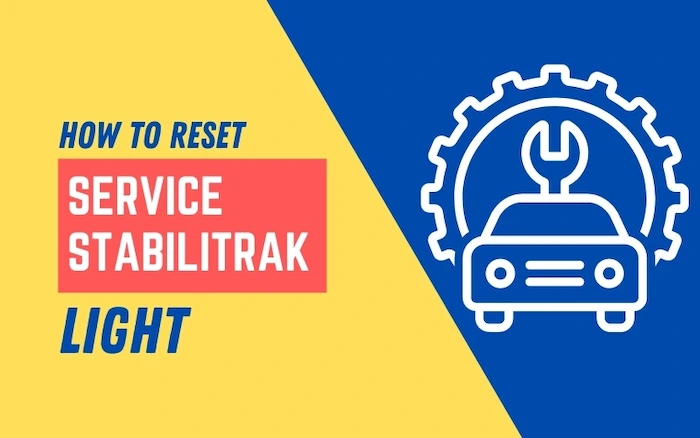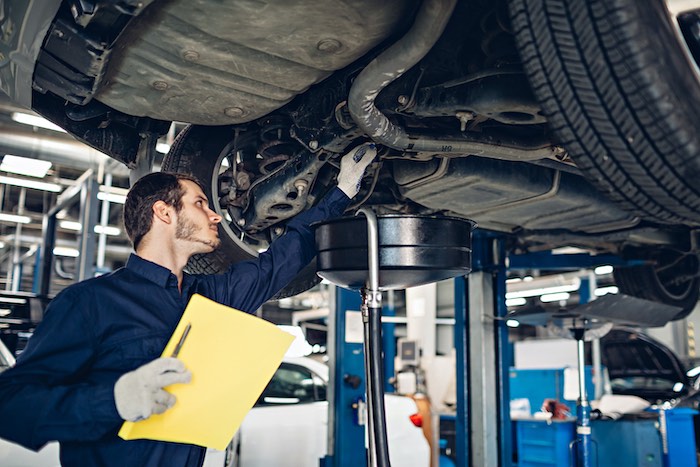How To Clean Car Battery Corrosion?
It’s not too hard to clean battery corrosion yourself. I’ve tried a few methods and they all work well. But before you start you should be aware of the safety risks. This is also a good time to talk about the difference between wet and dry corrosion. Wet corrosion is when the battery acid is leaking out of the case and ruining everything nearby. Dry corrosion is when the corrosion is confined to the battery posts and cables.
This article will focus on dry corrosion.
What Is Dry Battery Corrosion?
There are two types of corrosion. Wet or dry. Wet corrosion occurs when battery acid seeps out of the case and all over the ground and other objects, causing damage to other objects. There are two types of dry corrosion: Moderate to High Acidity and Low Acidity Low acidity corrosion is the type you want to prevent with the methods described below. Moderate to High Acidity Battery Acid was a byproduct of an internal combustion engine.
Is Your Battery Corrosion Dry or Wet?
Most battery corrosion is the result of the acid leaking out of the battery case and ruining nearby metals. This happens if you don’t clean or look after your car battery. But for most, wet battery corrosion is the result of the acid coming in contact with the battery posts and the interior of the battery case.
When you first start cleaning your battery, don’t mix or apply any type of acid to the posts and cables. Wait until you get the battery completely dry. Next, seal your battery case and posts with silicone or wax. Some other methods of sealing the battery case are also discussed in the section below. All of these sealants require your battery to be dry. And because batteries age, the chemicals in these sealants can deteriorate and your battery might corrode again.
Why You Should Clean Your Battery?
Basically, if you don’t clean corrosion, your battery will lose charge over time. A typical battery lasts for about 5 years, so when you start using your car again every month or two, you will have less than a year’s worth of battery life remaining. And that’s without doing anything. Just driving it will wear it down. In my experience, the worst aspect of having a dirty battery is the time it takes to charge and restore your car.
It’s a lot longer than you want it to be. Once the battery is down to about 10% battery life, it can be very difficult to charge up your car. It will often take more than 2 hours to charge up your car. Sure, charging your battery doesn’t use much energy, but it’s time wasted sitting in a hot, smelly garage.
What Tools And Materials Do You Need?
We don’t want to damage the cables, posts, or posts themselves. Since there’s no rust on them, you only need the right tools.
- A funnel Rags (clean or soiled)
- Scraper (probably sterile steel, but use caution)
- Gloves (If you are clumsy, or wearing dirty clothes, always use gloves)
Some Additional Tips
- Essential Tools for Battery Conservation and Cleaning: Remote electric screwdriver Wire stripper Rubber mallet Water Acetone (Not necessary, but here’s why)
- Easy DIY battery cleaning: Wet battery acid
- Here’s how to wet your battery acid: Fill a bowl with water (if you have a sink, use that). Fill the bowl about 3/4 full. You’re going to submerge your battery posts in this water. This is called a “wet charge.” That’s because the water will rapidly drain out of the bowl.
The Steps To Cleaning Your Car Battery
First, you need to have a better battery charging system than the one that came with the battery. This means that the terminal on the battery is wired to a house, garage, or another power source. If you use your own car charger, you’ll be safe. I have a Synergy 12V battery charger that is professionally wired to my house with cable rated for -40° F. I use an 8A mini-surge suppressor, which means I’ll never get a big power spike.
All of my cars, except for the Tesla S, use 2.5 volts. For instance, if your battery is rated for 2.1 volts you have to charge it for 3 hours. So don’t expect 3 hours to give you 3 hours of charge time, you’re gonna need to do the math. So charge your battery to the point where it’s topped off, at 2.5 volts, and let it run for 2 hours.
What Ts The Best Way To Clean Car Battery Corrosion?
There are several methods to clean battery corrosion but I’ve found that the most effective way is wet scraping. You can use a paint scraper to scrape away the corrosion. It’s hard to explain how to wet scrape but it’s simple. You will remove the corrosive electrolytes from the battery posts and cables. Because water acts as a solvent you are just taking the electrolyte from the posts and cables. You can put this water solution in another container to be used again to clean the posts and cables.
Warning: Battery acid and corrosion will react with the surfaces where your scraping is going. If you don’t wear safety goggles you can have a serious chemical burn on your skin. What should I use to clean battery corrosion? I use these things to scrape away the corrosion.
Conclusion
Once the battery is removed from the car it will need to be dried. The natural oils in your hands can’t dry the battery. So you have to mix something with the battery acid, such as mineral oil. Then you have to take that mixture and wipe it all over the battery posts and cables. If you followed these steps correctly, you should now have no more car battery corrosion.
My experience was that all batteries take anywhere between 48-72 hours to dry completely. If you don’t feel that you took the time to clean the battery properly, check with your mechanic. They’ll know for sure whether it needs to be dried. Battery stains will also be gone once the battery has dried. How To Clean Battery Carrier If your car is old or didn’t come with a good carrier the next step would be to replace it.




